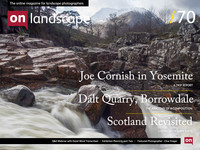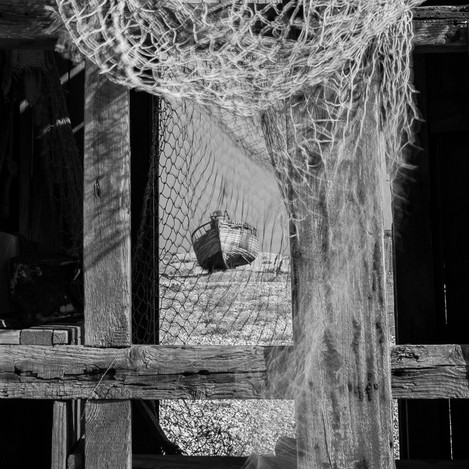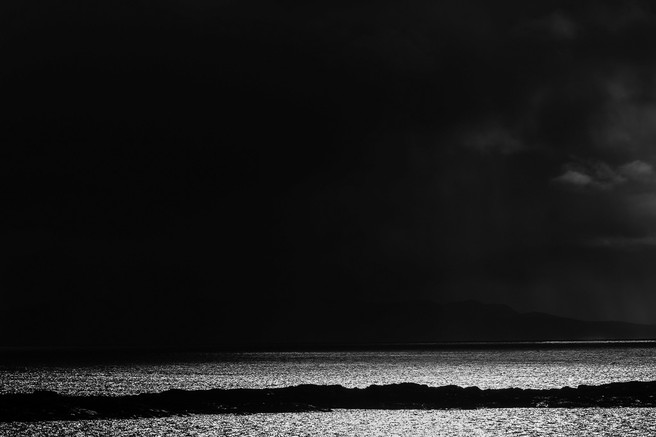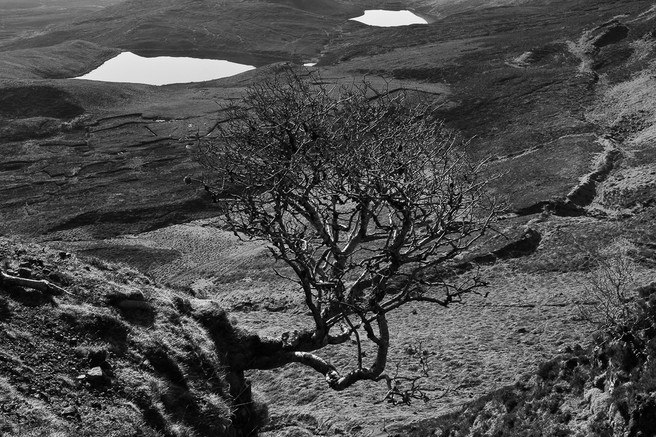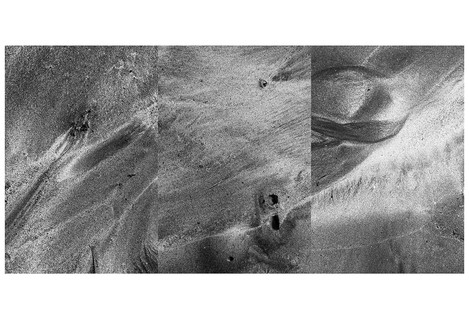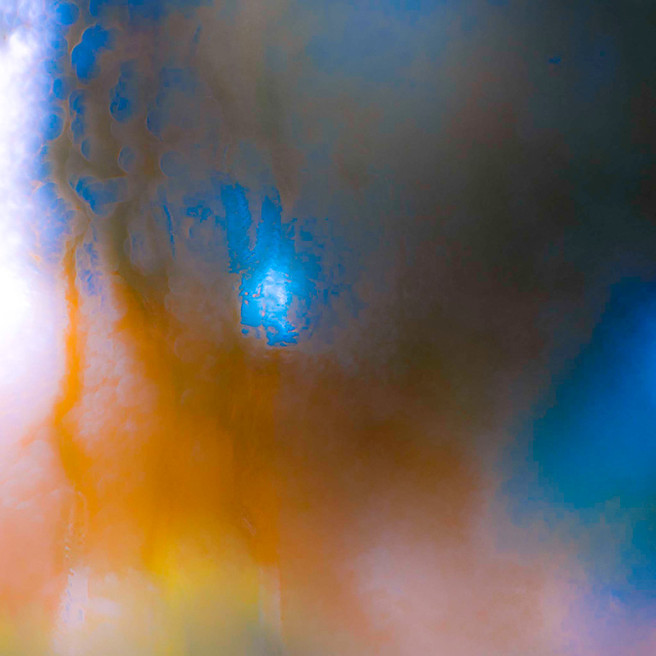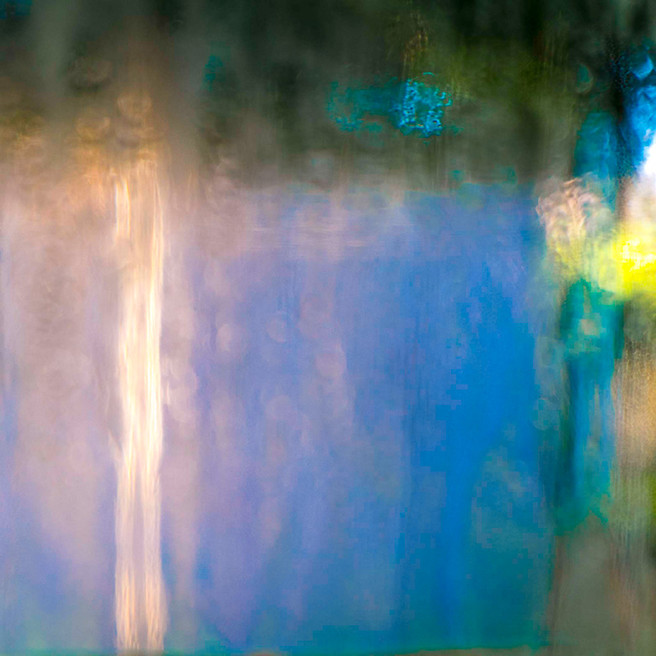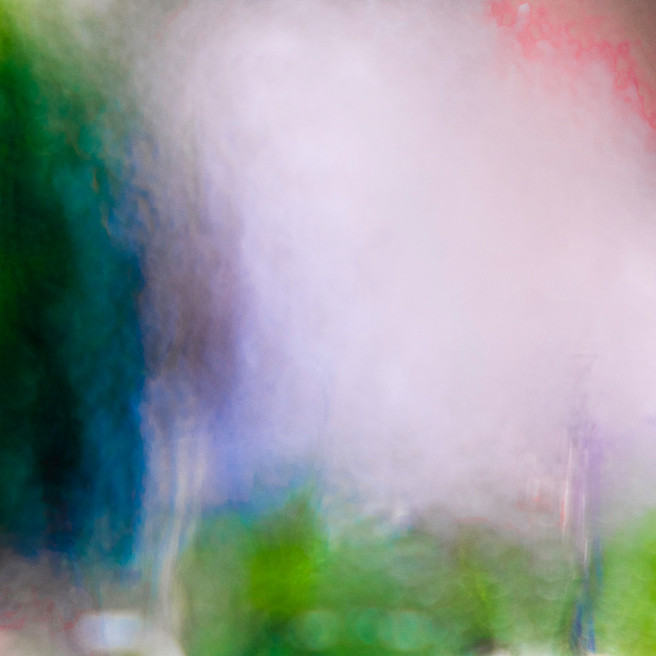Featured Photographer
Clive Vosper
Clive studied Printmaking, Painting and Photography at Brighton Polytechnic in the 1960’s. He returned to Brighton University in 1986 to study for a MA in Fine Art Printmaking. He has exhibited widely in London and the South East of England, and has had two solo shows in the USA where he was invited to lecture on his work. Photography,Printmaking and Drawing are mediums of choice. The subject of the work is Landscape in all its aspects. Its forms, its history, climate and moods. He adds his vision, mood and 'response to the place', the light, and the weather to create his images.
Can you tell me a little about your education, childhood passions, early exposure to photography and vocation ?
My early interest in photography was the usual, my uncle gave me a camera when I was 12, it was a twin lens reflex Ensign and I took mainly family and domestic photographs.
However, I became completely absorbed in photography during my time as an Art student in the 60’s studying Fine Art Painting at Brighton. As part of our curriculum we were given tuition in sculpture, printmaking and photography and I found myself gravitating towards those processes. I developed many ways of using photography in subjects such as screen printing, etching and relief printing. I was taught photography, including dark room work, by Lawrence Cutting, a part time lecturer at the time and he became a good friend and I used to drive him to his assignments and be his assistant.
What are you most proud of in your photography ?
When strangers see my photographs in exhibitions and enjoy them and hopefully buy them.
In most photographers lives there are 'epiphanic’ moments where things become clear, or new directions are formed. What were your two main moments and how did they change your photography?
There have been many moments, but the two that come to mind are, firstly, My partner and I were on one of our expeditions and we were on the Isle of Harris having just arrived by ferry and driving, early evening, to our rented croft. It was a single track road, very twisty and we came up and over a rise and the evening, light was reflecting strongly off a small lock that was covered in reeds. I knew then how differently I would approach taking pictures on Harris, I would abandon the idea of the “view” or the “scene” and instead concentrate on the close up, almost abstract qualities of the place, this is now my main approach when visiting a new location.
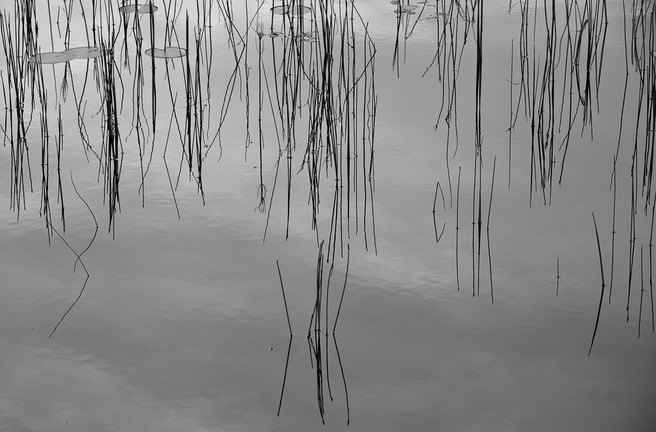
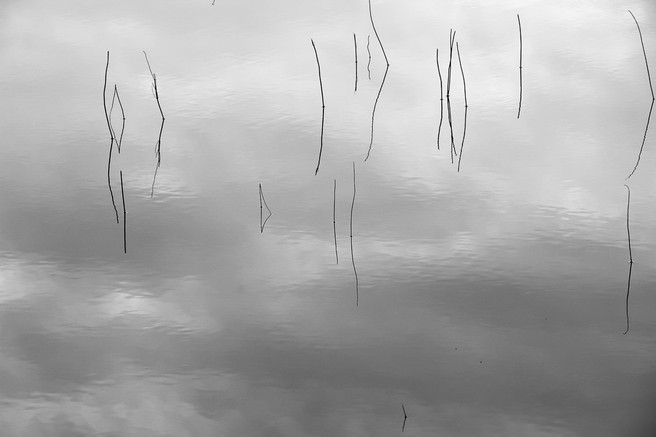
The second memorable moment was more recent and was when I realised I had a good reason to use colour. Most of my work in photography and on other media is monochrome and stems from my early interest in etching and drawing, I do not “see” in colour I see the graphic qualities, the tones, the forms and textures. But now I have found colour is essential to develop my very abstract work, see my three favourite images.
Tell me about why you love landscape photography? A little background on what your first passions were, what you studied and what job you ended up doing.
I love travel and landscape photography is the perfect reason to visit wild and challenging places. Having studied Fine Art at Brighton with a concentration in the graphic arts and Photography, my first job was teaching photography part time to art students, film of course and monochrome. They would then incorporate photography in their work or use it as an end in itself.
I also earned money photographing buildings for architects as records of their construction. At the time photography, for me was my main obsession.
After two years teaching, I was given the opportunity to teach printmaking 4 days a week.
I stayed with this career until 2006 when I retired from teaching. During those years my interest in photography developed, I always pursued my own work and exhibited at least once a year throughout my teaching years. In 1998 I was invited to exhibit my Printmaking and Photography in the U.S. at the two galleries owned by Wisconsin University, I was also invited to give two seminars on my work, a great experience during which I had two pocket film cameras which I used to document the experience.
Could you tell us a little about the cameras and lenses you typically take on a trip and how they affect your photography?
Until the start of this year I had always used slr cameras with various lenses and the usual array of filters, triggers, tripod etc, all the things I thought I needed to take the photographs that interested me. The history of my gear started with Zenit E to Pentax to Nikon F with Hasselblad then Bronica, finishing my film days with Canon which led me to Canon digital, and finally Canon 7D with various lenses.
Then I had an epiphany when I picked up a Fuji X-E1. It is, without doubt, one of the best cameras I have ever used, IQ quality is a given but more importantly, it simply does not get in the way. For me it enables me to concentrate on being creative, having very good manual controls that take me back to my Nikon days. Plus, when yomping round the Western Isles, I do not need a heavy backpack, I just have two lenses at the moment 18-55mm and 55-200mm, both perfect for my needs.
What sort of post processing do you undertake on your pictures? Give me an idea of your workflow.
When taking photographs I have the camera set to RAW+Jpeg then I can compose in monochrome and choose the best images for RAW conversion. Since the early days of Lightroom, it has been my preferred programme, occasionally dipping into Nik FX pro2. Now, because of the type of sensor in the Fuji camera, I use Iridient to perform the initial raw conversion, sharpening and tonal adjustments. I then transfer the images to Lightroom 5 and use adjustments like vertical correction and fine tune the image, turning off noise reduction of course.
Do you get many of your pictures printed and, if at all, where/how do you get them printed?
Being a bit old school, I feel that the images do not really exist properly until they are printed. I print my own using a reliable Epson 2400, great for monochrome. I also cut my own mounts and have them framed professionally if they are to be exhibited.
Tell me about the photographers that inspire you most. What books stimulated your interest in photography and who drove you forward, directly or indirectly, as you developed?
The book that changed my life was one I spotted in the college library when I was a student, it was Mirrors, Messages and Manifestations by Minor White 1969 edition. I always regretted not buying one, but as luck would have it three years ago I found one on the internet in a small bookshop in the U.S. I now look at it often. It is not just the images but his philosophy and use of sequence that I have absorbed into my own work.
Other photographers that stand out for me and whose work has influenced me are:-
Josef Koudelka, a Magnum Photographer.
Lewis Baltz, particularly his Nevada Portfolio.
Francesca Woodman, incredible self exploration “portraits” produced during a tragically short life.
Rene Burra, especially his iconic image of “Men on a rooftop, Sao Paulo”
Fay Godwin particularly her book on Forbidden Landscapes.
Eugene Atget. Street scenes of Paris
Edward Steichen, the father of fine art photography
Tell me what your favourite two or three photographs are and a little bit about them.
My favourite photographs are the latest ones hovering on the hard drive, not yet selected or processed, but as I cannot show those yet, that is not very helpful. So I would say they are the latest that I have processed, and they are the three colour abstracts. They were images I “found” by recognising the possibilities one day while cooking. There was a lot of steam on the windows, there was evening sun outside and I used manual focussing and extreme post processing to create these images.
They are such a new departure for me and I can see how this way of “seeing” will be my direction for now.
If you were told you couldn’t do anything photography related for a week, what would you end up doing (i.e. Do you have a hobby other than photography..)
I have self imposed weeks like that, usually, after a travel session, I use the filter of time to sort out in my mind which images are worth pursuing, plus if I have not looked at them for a while surprise results can pop up for recognition.
If however, as you suggest, the break is imposed then I would either draw, research ideas, tend my crop of chilli’s or spend time cooking which I find creative and relaxing at the same time.
What sorts of things do you think might challenge you in the future or do you have any photographs or styles that you want to investigate? Where do you see your photography going in terms of subject and style?
Well in terms of subject and style the answer would be the same as in the answer to my “three favourite photographs”, colour abstracts.
I would add that I have always liked the possibilities in urban photography and it is an area I have not yet explored. This is where the influence of Eugene Atget and Rene Burri comes in.
Who do you think we should feature as our next photographer?
Lewis Baltz. Urban, suburban based work is very bleak, brilliant. You might need to ask some different questions or just write an article.
Clive can be found at :

